
Hilda Garcia and Etelgive Lopez build a wall of tortillas and tamales every morning, cooked in front of the Nicoya courts. These two cousins have been making food to sell since they were 14 and 15 years old. They sit 12 hours a day, rain or shine, and sell their products and the products of four other women.
They all have similar lives. They’ve been working since they were young, aren’t registered as independent workers with the social security institute and don’t have a ledger of their revenues and expenses.
“On a good day, you can make between ¢10,000 ($16.70) to ¢15,000 ($25) colones,” Etelgive says, sitting on a plastic box and waiting for customers. Everyday is different and equally unpredictable since there is no fixed salary in the street, but “somebody has to do it” they say.
Nine out of every 10 jobs created between December 2017 and December 2018 were in the informal economy. The report Costa Rica Current Employment Trends by the National University, states that 70 percent of these new informal employees are women, which means greater precariousness for them.
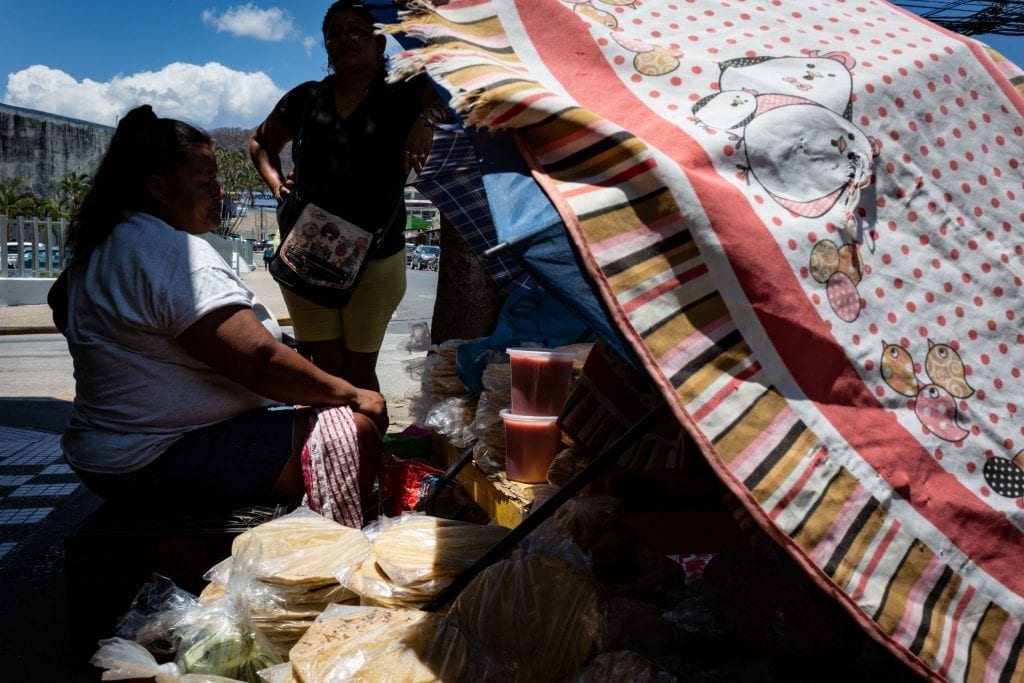
“I work to take care of my family,” says Etelgive López, 42, as she sells tortillas in front of the Nicoyan courts. She is able to maintain her three daughters with this informal job.
In the case of Guanacaste, 47% of working women are employed in the informal sector.
“I studied until sixth grade, because the situation we were living in didn’t allow us to continue through to high school,” Etelgive says. Her response is similar to that of Hilda, who says that her two oldest daughters didn’t go to high school either.
UNA’s analysis says that informal work is greater among those who have lower levels of education. Seven of every 10 people that didn’t finish grade school have a job without any type of social guarantee.
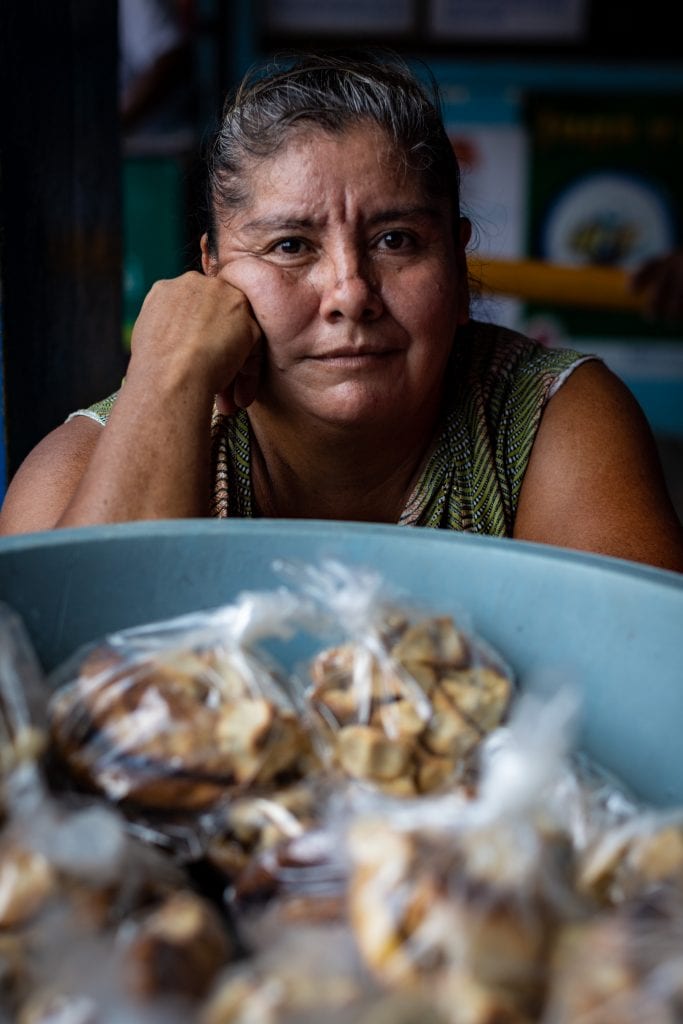
Milady Sanchez, 46, sells rolls at the Nicoya bus terminal. Like her, almost half of those working in the informal economy are 45 years old or older, according to the Costa Rica Current Employment Trends report.Photo: César Arroyo
Yerlin Rodríguez, 23, is another of the vendors and turns up pedaling under the mid-morning sun. She says that she wakes up everyday at 1a.m. in order to prepare 40 packages of tortillas and 15 yoles, takes the bus from Hojancha at 5:50 a.m. and brings them to Hilda and Etelgive’s stand for them to sell. Then she gets on the bicycle that they lend to her to finish delivering the rest of her product around downtown Nicoya.
That’s how she paid for school starting at age 14, when she sold food to professors in order to finish high school. Now, she continues doing it “in order to survive.”
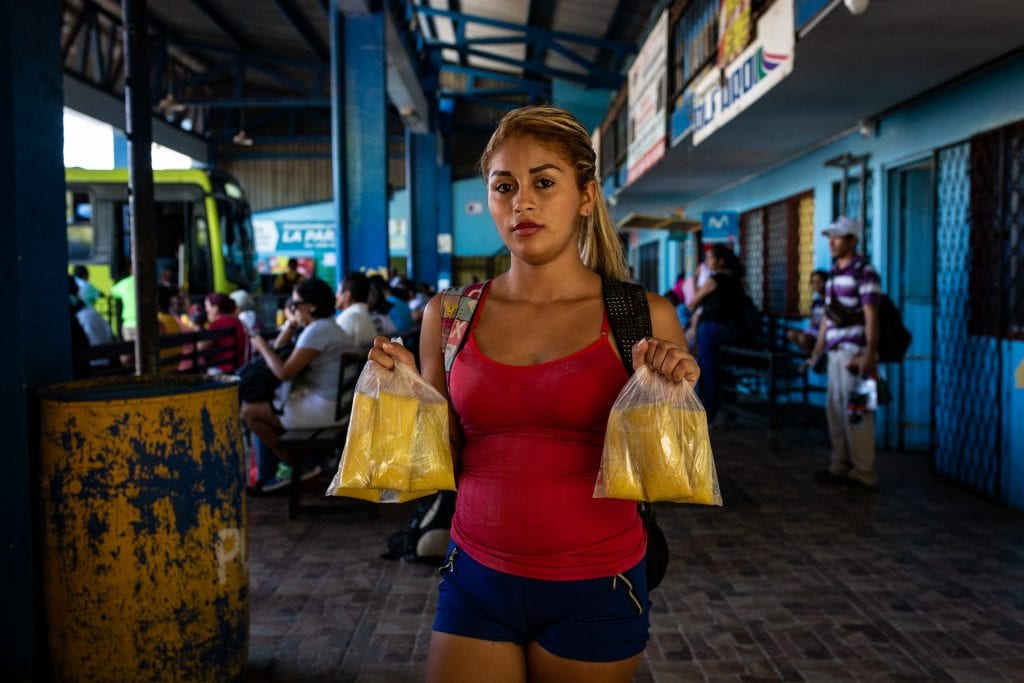
Yerlin Rodríguez is a 23-year-old single mom and hasn’t found work since completing her associate’s degree. According to Costa Rica Current Employment Trends report, 44% of young people are working in the informal economy.
“I’ve worked in diners, but I like to sell this stuff because you work on your own and make more money in less time,” she says. She’s responsible for her expenses and those of her two-year-old daughter Samantha.
Her job is uncertain and, according to her stories, unsafe. She’s been mugged three times and survived two kidnapping attempts. Now she’s trying to figure out how to pay her insurance.
The report warns that if these jobs aren’t formalized, more people will need free health services and social support to survive, services that require significant public spending.
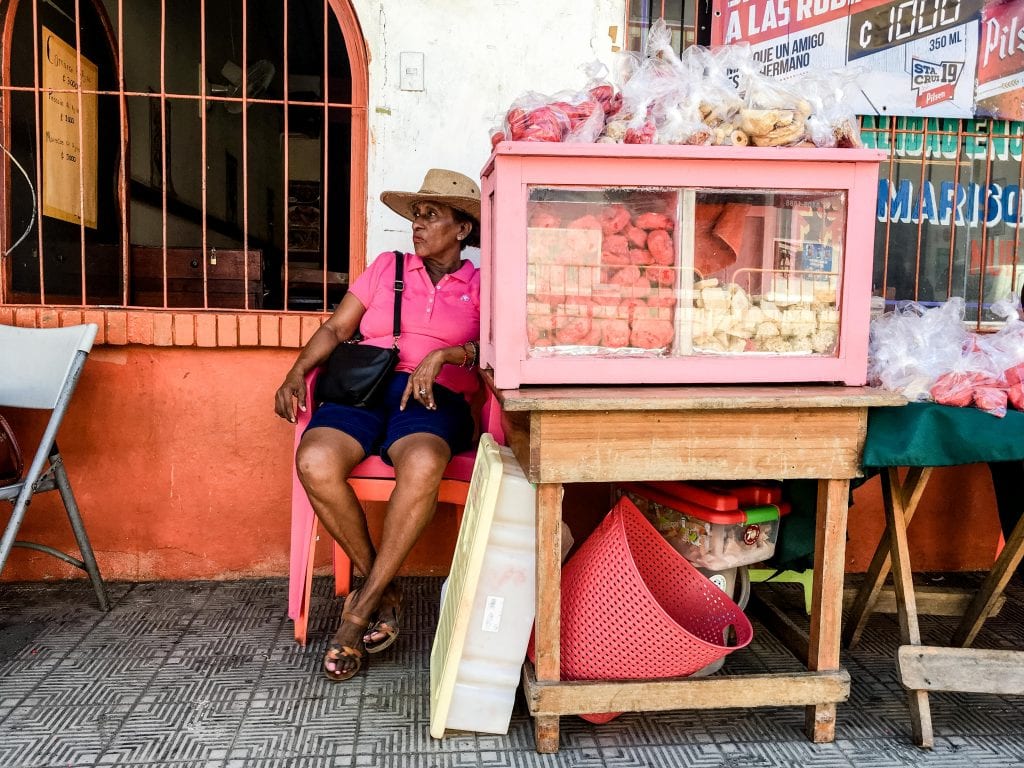
During the Santa Cruz National Festivities the sidewalks are filled with street vendors. According to the results of the IV quarter of 2018 of the Continuous Employment Survey, there are 25,548 informal women workers in Guanacaste.
UNA economists say that it’s urgent to develop technical training as an alternative to professional education and also recommend evaluating the social security costs and the costs of formalizing independent workers
Before getting back on her bike, Yerlin says she’d like to study to be a pharmacist and break the cycle that seems to repeat itself generation after generation.
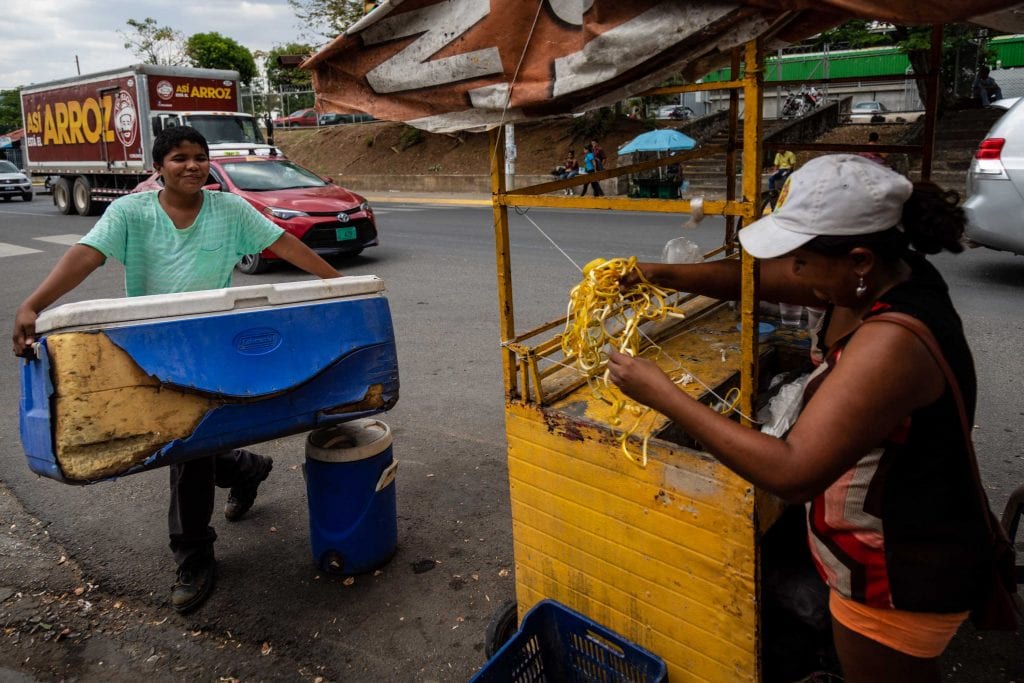
Luz Marina Baltodano, 35, and his son Dailer Rodríguez, 16, sell orange juice and coconut water in front of the La Anexión Hospital. Dailer dropped out of school in fifth grade in order to help her mother with work.


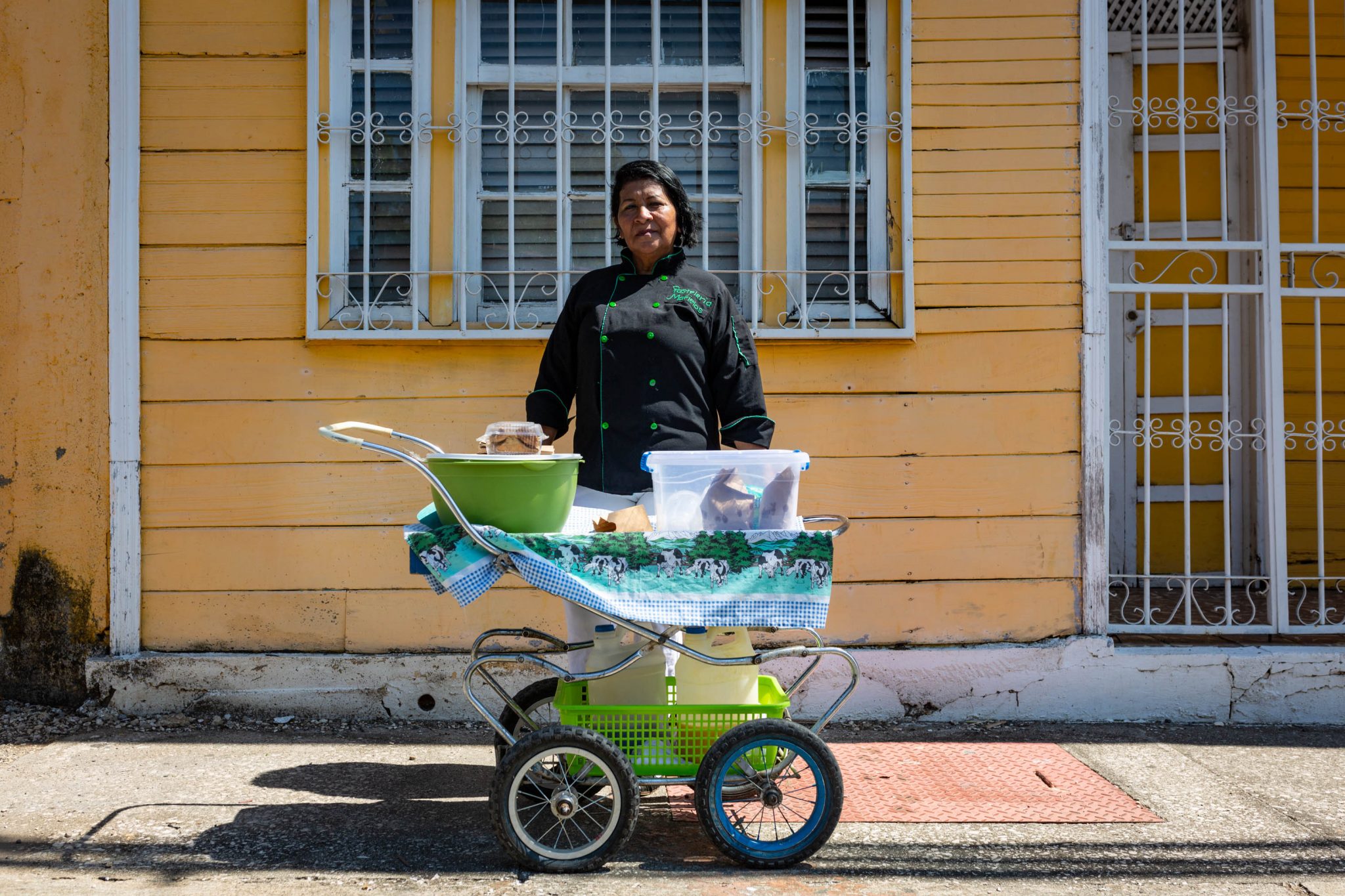

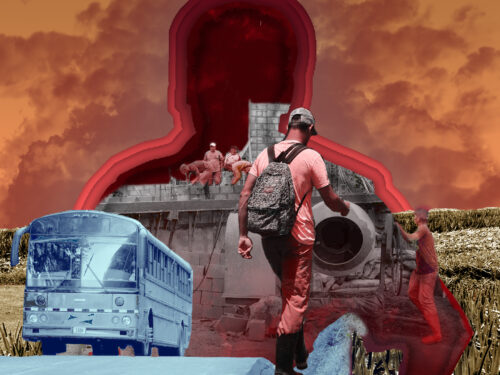


Comments